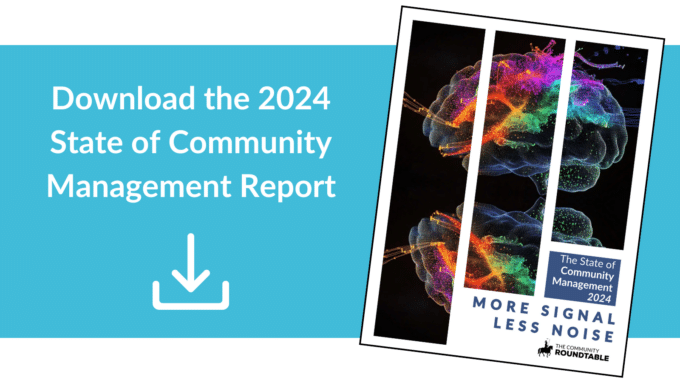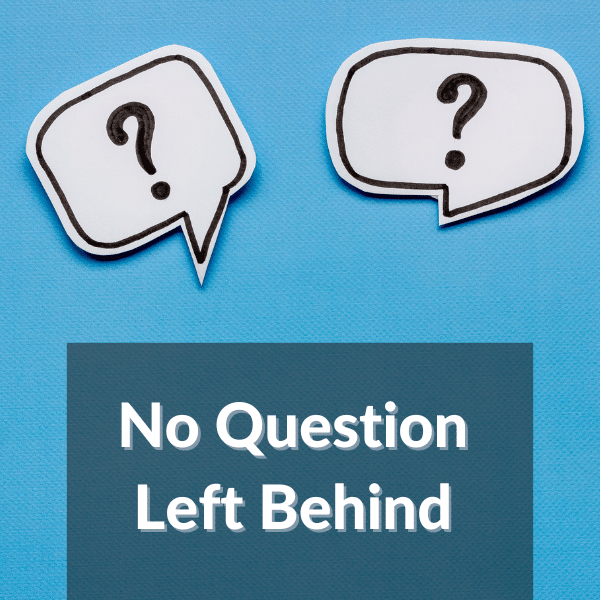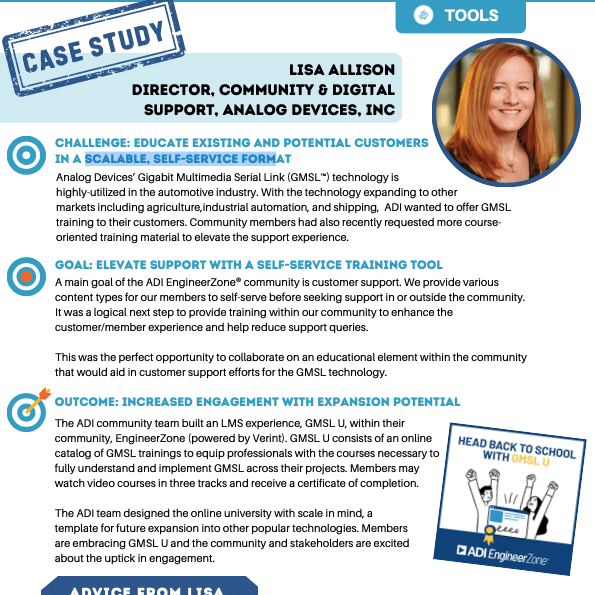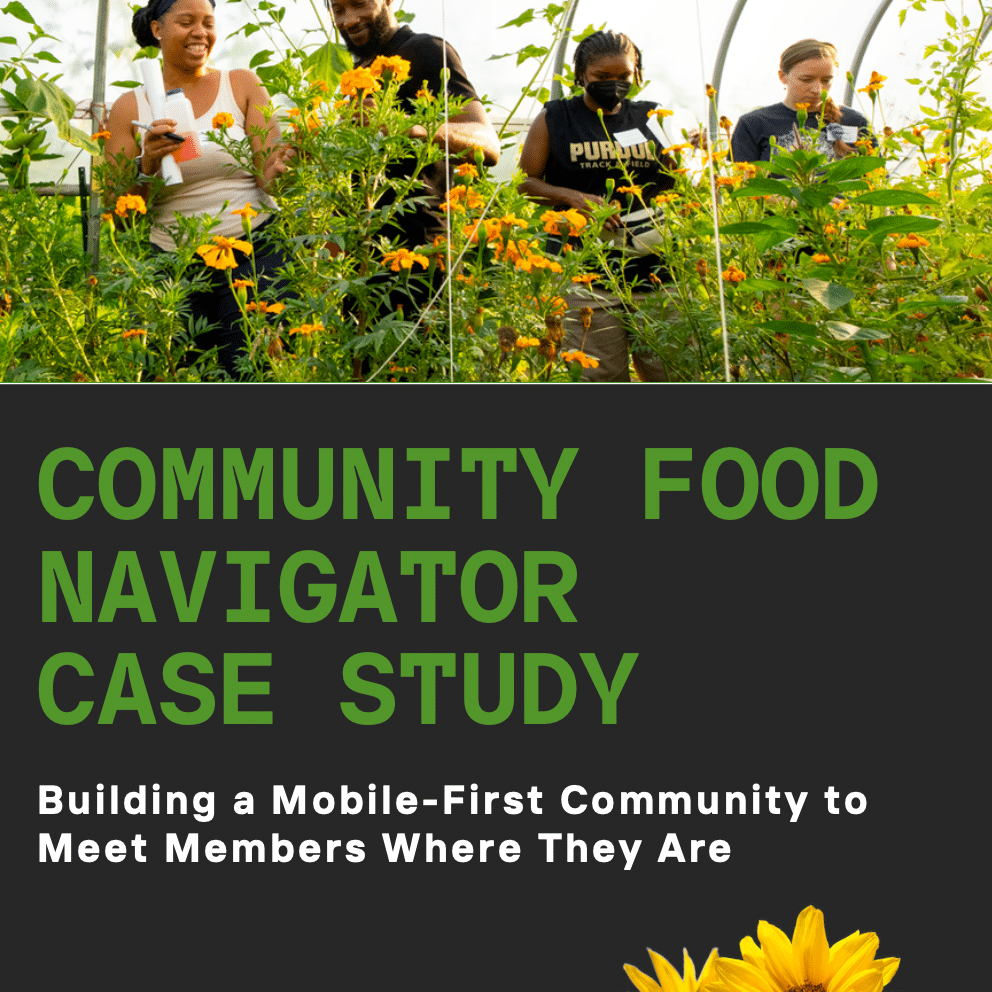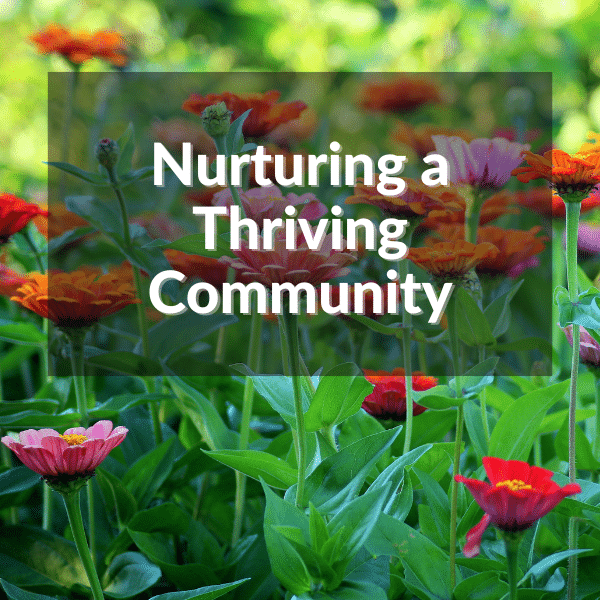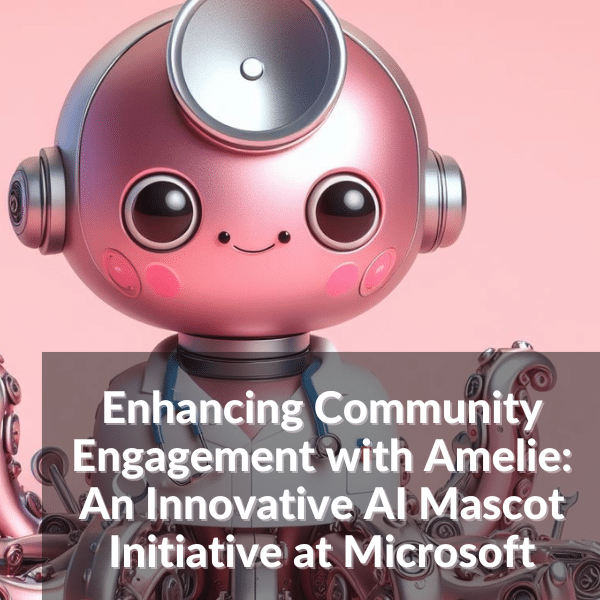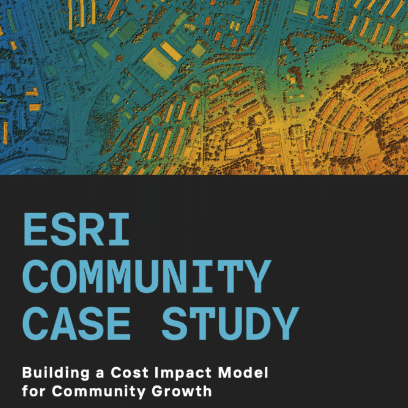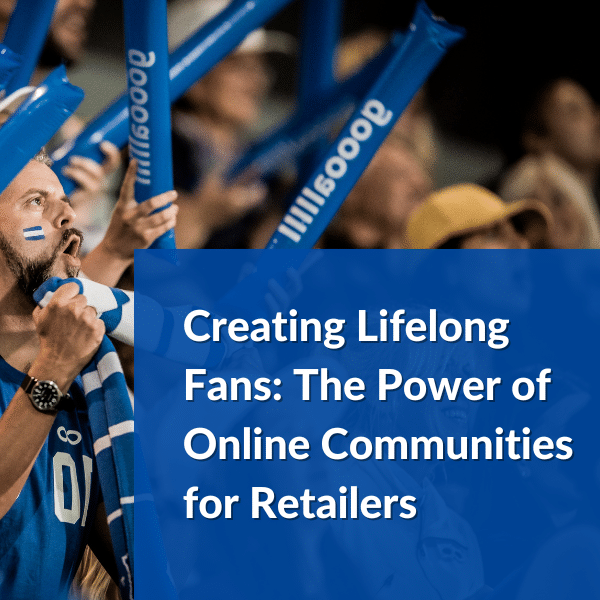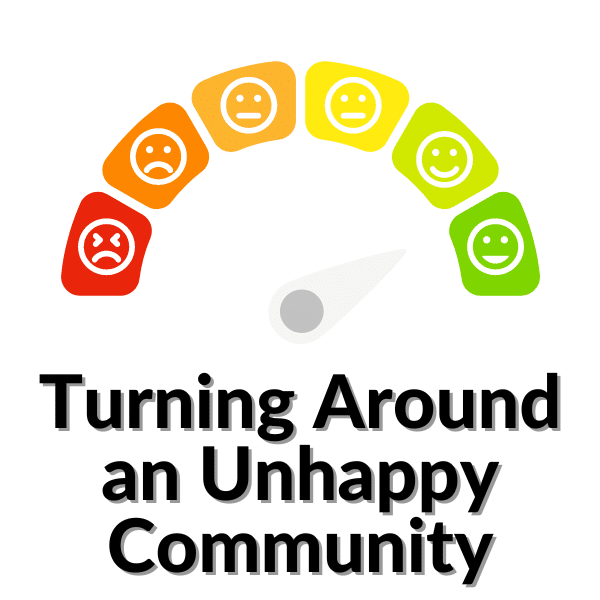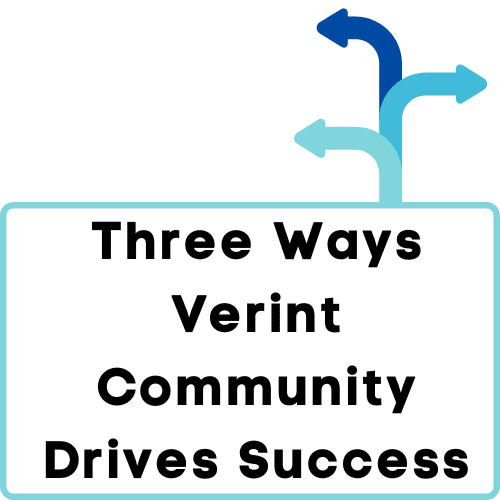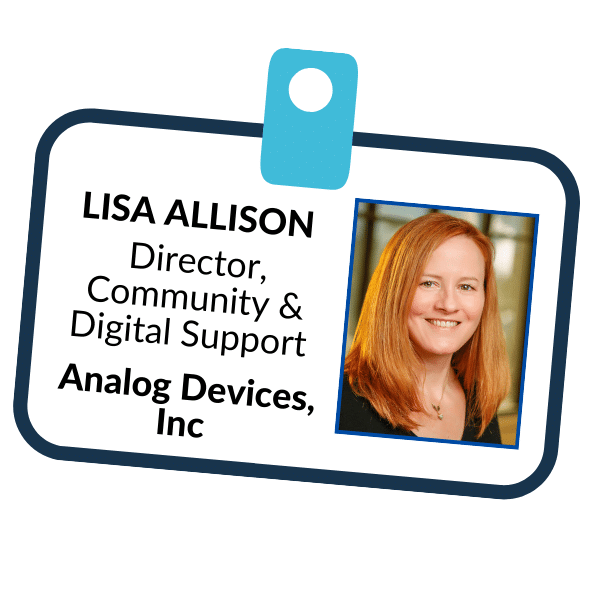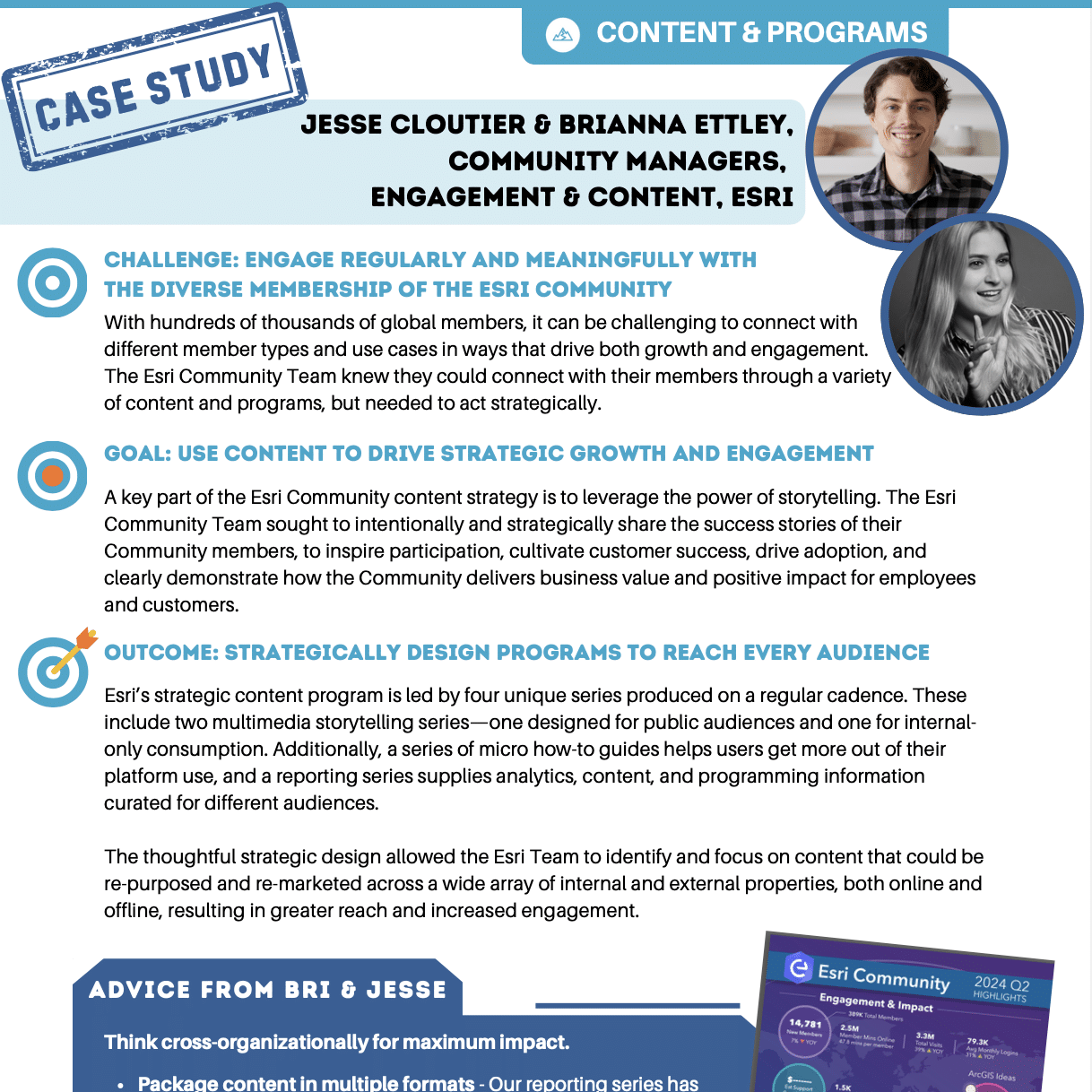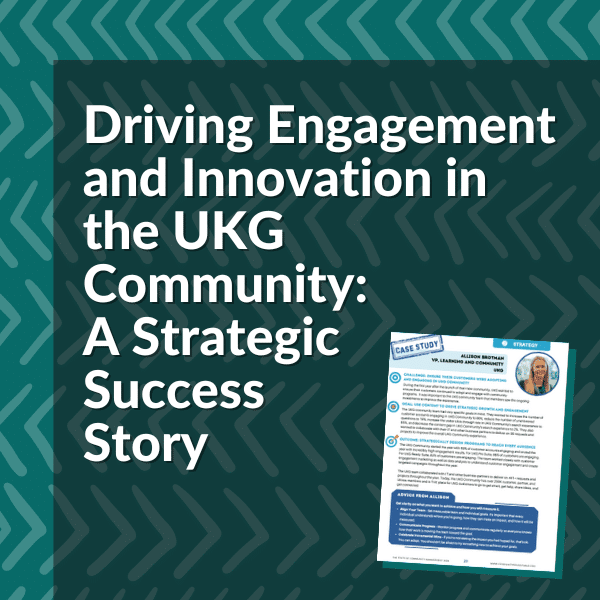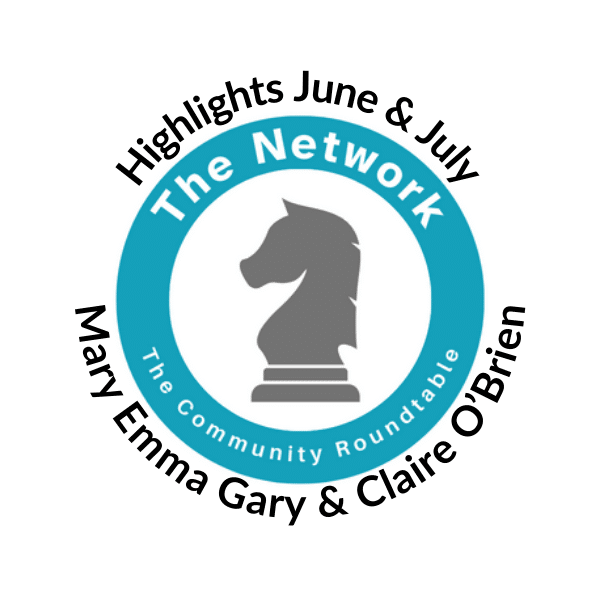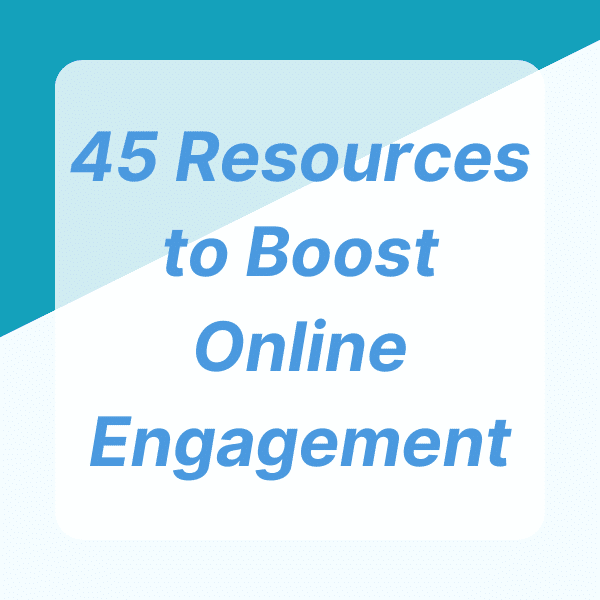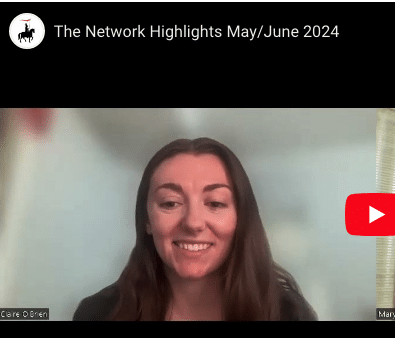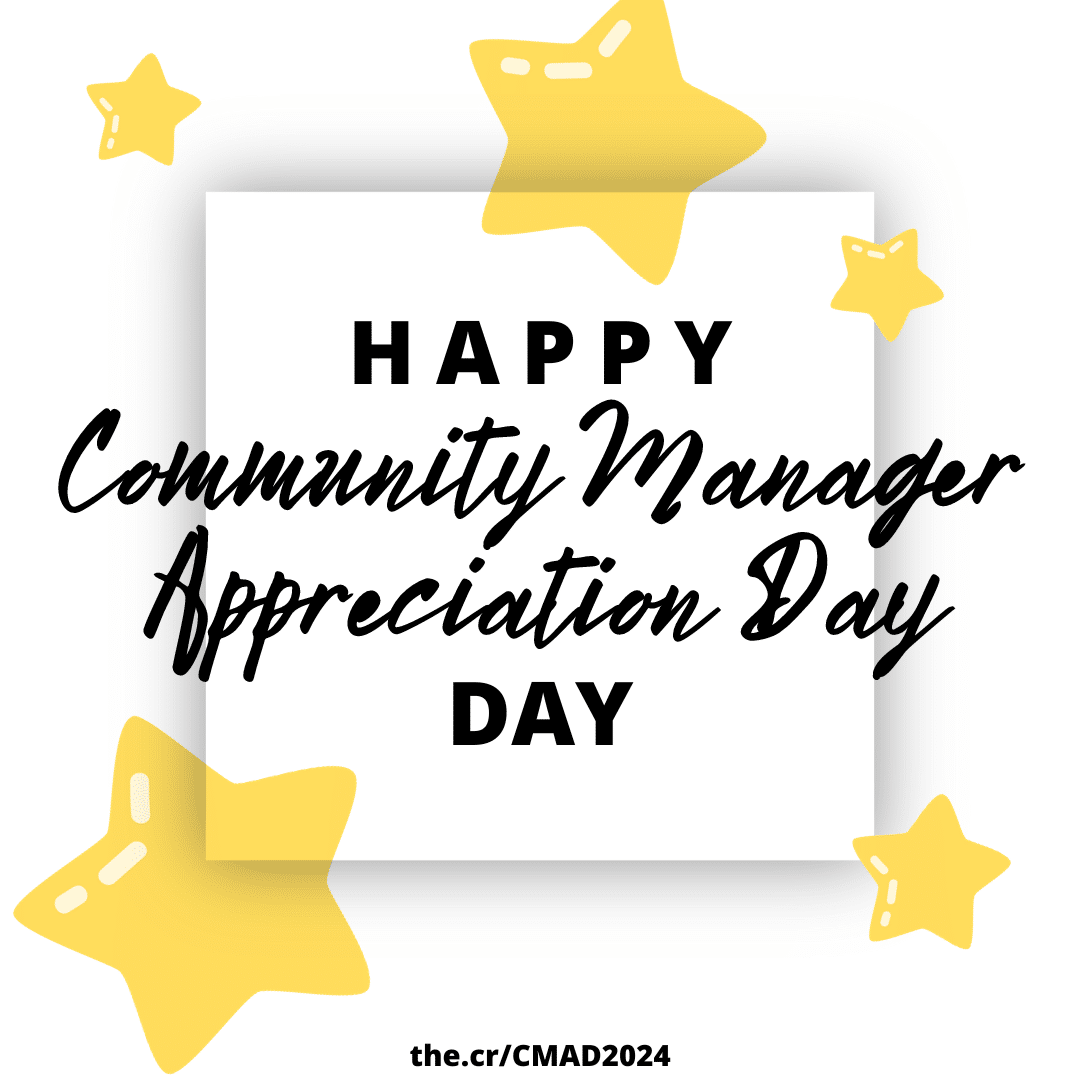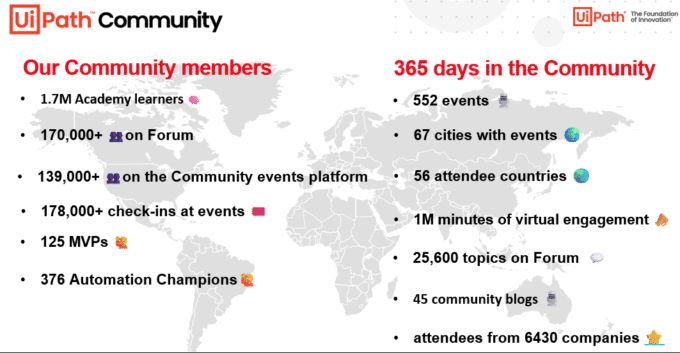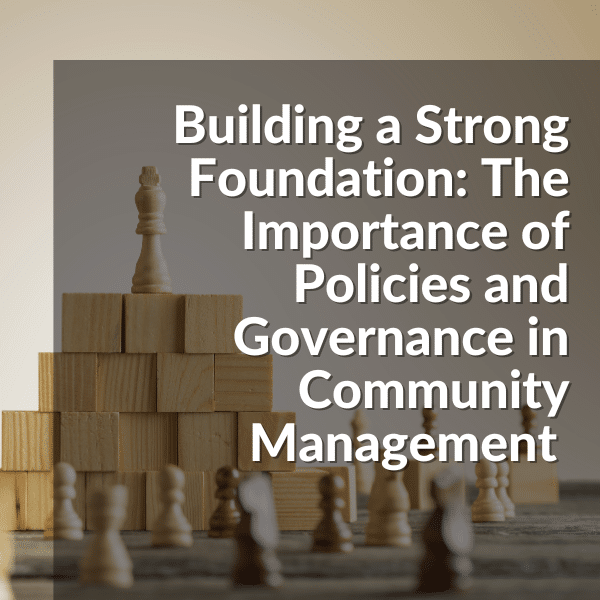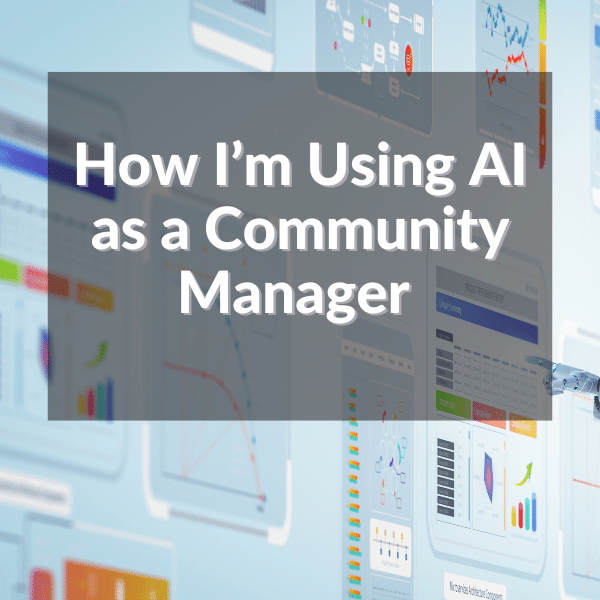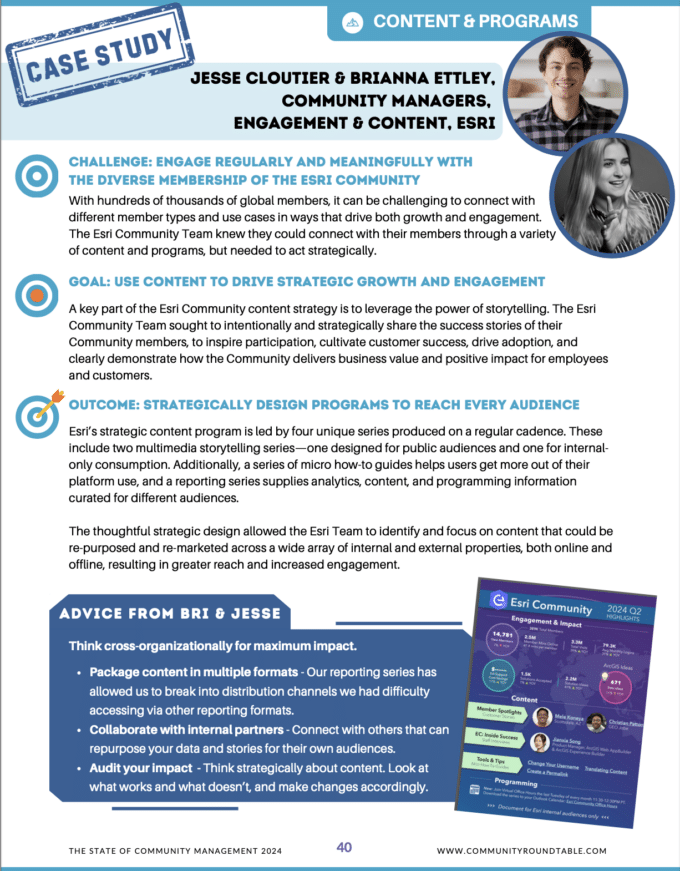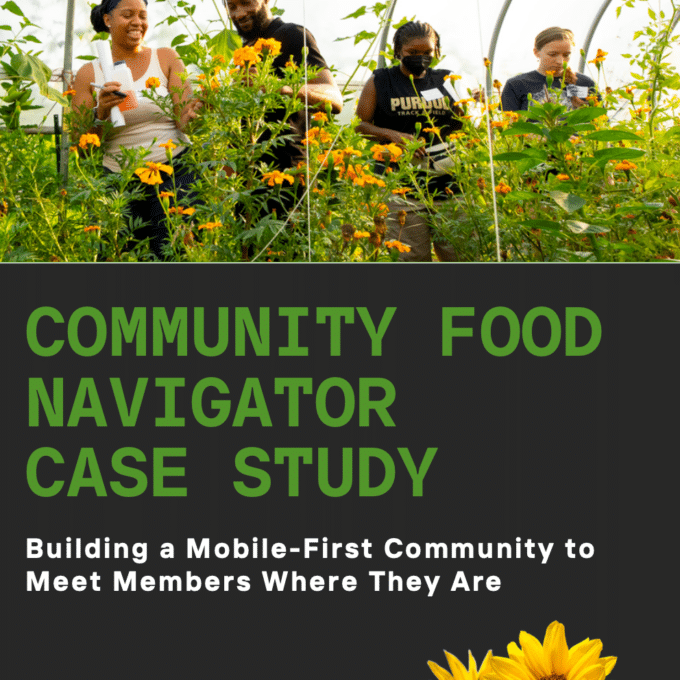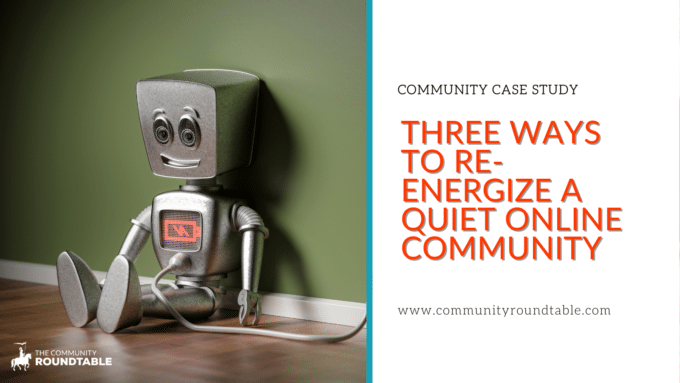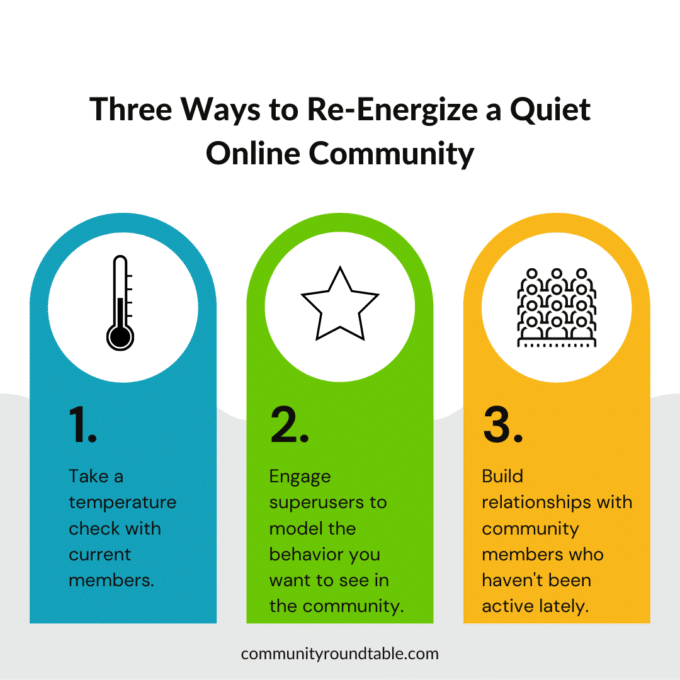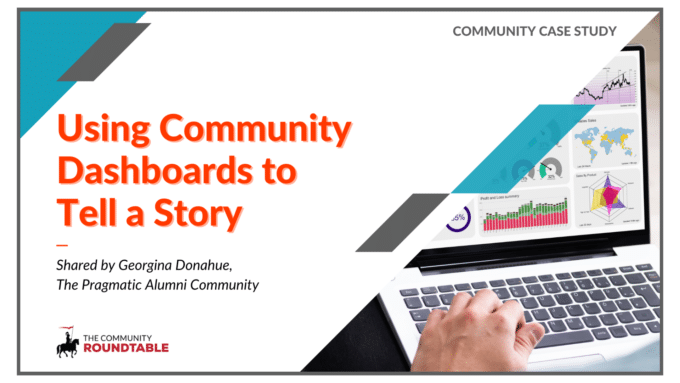Member engagement is crucial for any online community. At Constant Contact, they’ve implemented an innovative initiative called “No Question Left Behind,” which focuses on enhancing the user experience by ensuring that every question from their community members is answered promptly and accurately. Launched in 2023, this program not only aims to improve engagement but also to streamline the way they manage unanswered inquiries.
The primary goal of the “No Question Left Behind” initiative is to ensure that community members feel heard and valued. By requiring that all questions receive a meaningful first response within 24 hours, the community team fosters a culture of promptness and responsiveness. This initiative is also geared towards encouraging members to search for answers before posting, ultimately benefiting not just individual users but the community as a whole.
Key Program Features
These five key program features helped the Constant Contact community team meet their goals.
Timely First Response: Each question posted receives a meaningful reply within 24 hours. The goal is to not just acknowledge the question, but to engage deeply and provide useful insights. For instance, a response that encourages further dialogue and provides troubleshooting steps is a mark of a truly effective community.
Encouragement to Mark Answers: Community managers proactively encourage users to mark their inquiries as “answered” if they are satisfied with the response. This can be done through follow-up messages and in the response posts themselves, promoting a sense of closure and completion for users.
Automated Reminders: If a question remains unmarked as answered after a week, the team sends a gentle reminder email. This reiterates the importance of marking questions for the benefit of future users who may have similar queries.
Community Manager Intervention: After two weeks, community managers are empowered to manually mark questions as answered if they feel the responses were adequate. This intervention ensures that no question lingers indefinitely without resolution.
Responsive to Feedback: The final step involves listening closely to user feedback. If a member feels their question remains unanswered, our managers are ready to dive back in and provide further assistance, addressing any lingering concerns.
Impressive Outcomes
Since its rollout, the “No Question Left Behind” initiative has yielded remarkable results. The team has seen the number of successfully answered questions skyrocket from 900 in October 2023 to over 3900 by August 2024. Additionally, the Constant Contact community has enjoyed a 67% year-over-year increase in page views, demonstrating enhanced user engagement with their content.
Advice for Implementing a Similar Program
For those looking to establish a similar initiative, Chris Stallone, Manager, Community and Social Care at Constant Contact advises focusing on user education about the importance of searching before asking a question. The Constant Contact community’s platform includes feature that automatically suggests relevant posts when users start typing their inquiries promotes exploration and reduces redundancy. Additionally, displaying the top five most relevant posts helps users find useful information quickly
Explore more ways to improve your community program in the State of Community Management 2024 report.
